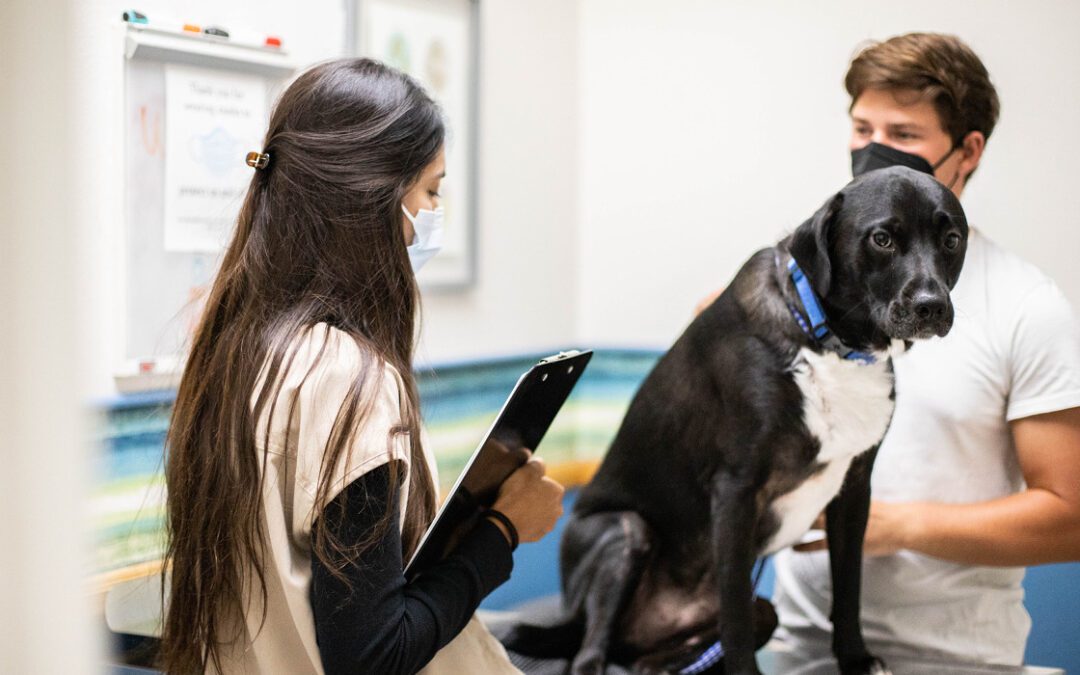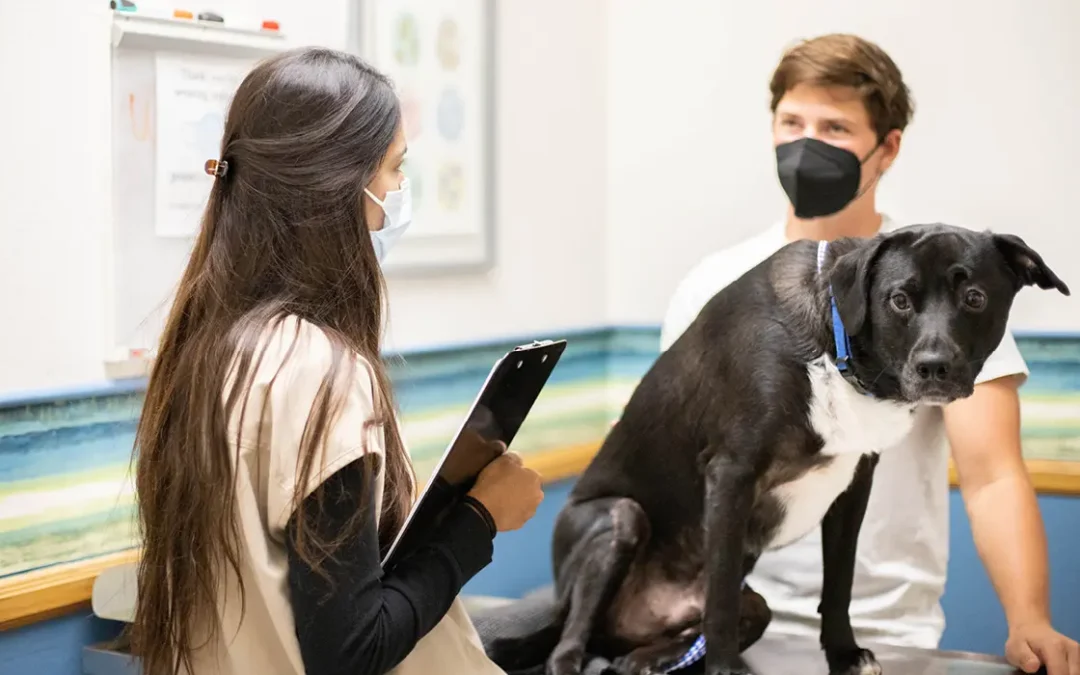Signs of Seasonal Allergies in Pets
Pets can experience a wide range of symptoms related to seasonal allergies. Here are some signs to look out for:
Itchiness and Skin Irritation
Itchiness and skin irritation are two of the most common signs of seasonal allergies in pets. Allergens in the environment can trigger an inflammatory response in your pet’s skin, leading to excessive scratching, licking, and biting. This can result in further irritation, redness, and even hair loss.
Excessive Shedding
Seasonal allergies can cause your pet to shed their fur more than usual. This may be caused by damage to the hair follicles from excessive scratching, licking, and biting, but it can also occur as a result of secondary skin infections.
Chronic Ear Infections
Chronic ear infections are a common sign of seasonal allergies in pets. Allergens can cause inflammation in the ear canal, which can lead to irritation, redness, and increased production of wax. This can create the perfect environment for bacteria to grow, leading to infection.
Sneezing and Watery Eyes
Just like humans, pets can experience sneezing and watery eyes as a result of seasonal allergies. Allergens can cause inflammation in the nasal passages and sinuses, leading to congestion and discomfort. In some cases, pets may also experience reverse sneezing, which is a spasm of the throat that causes them to make an unusual honking noise.
Vomiting and Diarrhea
Gastrointestinal upset is another common symptom of seasonal allergies in pets. Allergens can cause inflammation in the gastrointestinal tract, leading to vomiting and diarrhea. In some cases, pets may also experience appetite loss and weight loss as a result of their allergies.
Red or Discolored Paws or Patches of Fur From Chewing
Pets may develop red or discolored paws or patches of fur from chewing as a result of seasonal allergies. Allergens can cause inflammation and irritation in the skin, which can lead to excessive licking and chewing. Paws are particularly susceptible to this type of irritation since they come into contact with allergens on the ground.
Scooting
Scooting, or dragging the bottom along the ground, is another sign of seasonal allergies in pets. Histamines released in response to allergens can cause inflammation in the anal glands, leading to discomfort. Many pets will attempt to relieve this discomfort by scooting on the ground. You may also notice your pet licking or biting the affected area.
Hacking or Coughing
Finally, be on the lookout for hacking or coughing in your pet. Allergens can cause inflammation in the respiratory tract, leading to difficulty breathing. In some cases, this can lead to persistent coughing or wheezing.
If you notice any of these symptoms, it’s important to make an appointment with your veterinarian right away. They will examine your pet and may recommend allergy testing to determine the cause of their symptoms.
If your pet is diagnosed with seasonal allergies, your veterinarian will work with you to develop a treatment plan. This may include medications, dietary changes, or environmental modifications.
What to Do if Your Pet Has Seasonal Allergies
If your pet has been diagnosed with seasonal allergies, there are a few things you can do to help them feel better.
First, minimize your pet’s exposure to allergens by keeping them indoors as much as possible during peak allergy season. This is especially important if they experience severe allergy symptoms.
It’s also important to bathe your pet regularly to remove any allergens from their fur. You can also wipe their paw pads and belly with hypoallergenic pet or baby wipes when they come back indoors. This will help to remove any allergens that they may have picked up while outside.
In addition, make sure to provide a clean environment for your pet to sleep in. It’s a good idea to wash their bedding regularly at a high temperature during peak allergy season. This will help ensure that their sleeping area is free from allergens.
Finally, speak to your veterinarian about treatment options such as allergy relief medications or therapeutic foods. With the right treatment plan, your pet can live a comfortable life despite their allergies.
The Bottom Line
Seasonal allergies can be a real nuisance for pets and pet parents alike. But thankfully, there are a few simple steps you can take to help your furry friend feel better. If you think your pet may be suffering from seasonal allergies, make an appointment with your veterinarian right away. By following your vet’s advice and the tips in this post, you can help your pet stay comfortable and symptom-free during peak allergy season.






